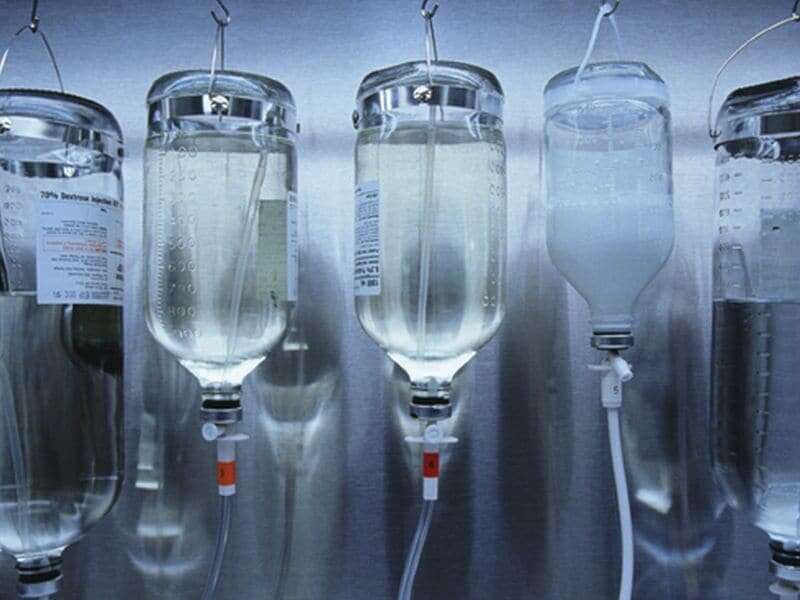Method to calculate central line infections flawed

(HealthDay)—Using the true number of central lines as the denominator improves methods of determining central line-associated bloodstream infection (CLABSI) rates, according to a study published online July 24 in Infection Control & Hospital Epidemiology.
Jesse Couk, M.D., from Emory University in Atlanta, and colleagues compared CLABSI rates using standard National Healthcare Safety Network (NHSN) measures (a patient could only have one central line day for a given patient day) to rates accounting for multiple concurrent central lines (number of central lines in one patient in one day count as number of line days). Analysis included all adult patients with central lines at two academic medical centers during an 18-month period.
The researchers found that among 18,521 hospital admissions, there were 156,574 central line days and 239 CLABSIs (intensive care unit [ICU], 105; non-ICU, 134). Using the modified denominator reduced CLABSI rates by 25 percent in ICUs (1.95 versus 1.47 per 1,000 line days) and 6 percent in non-ICUs (1.30 versus 1.22 per 1,000 line days). Among patients with multiple concurrent central lines, an ICU stay, a longer admission, a dialysis catheter, and a CLABSI were more likely.
"Our findings suggest that current NHSN definitions may not sufficiently account for increased CLABSI risk at institutions that perform high-intensity care," the authors write.
More information: Abstract/Full Text (subscription or payment may be required)
Copyright © 2019 HealthDay. All rights reserved.














